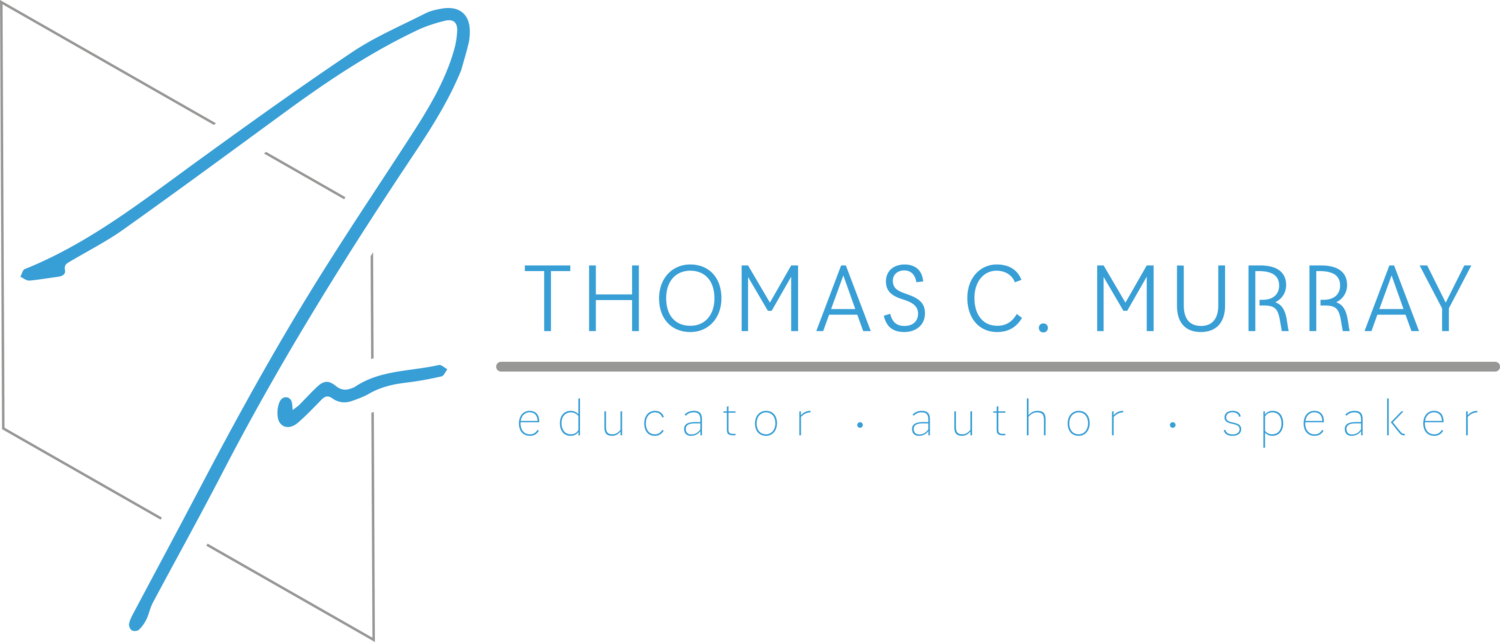Why EdTech Initiatives Fail (...and a support to help!)
Over the past decade, as school district budgets have remained relatively stagnant, spending on educational technology has continued to accelerate. In working with district leaders across the nation, I can point to countless bright spots, where technology is supporting the acceleration of student learning, and empowering teachers to create authentic learning experiences for all students. However, the stories that district leaders don’t like to tell, are when edtech initiatives fail.
In our research for our upcoming book Learning Transformed (ASCD, co-authored by Eric Sheninger, May 2017 release), we look closely at best practices in implementing new technologies, and create a dynamic, systemic cycle to plan, pilot, purchase, and launch. Simply put, current purchasing and deployment procedures are all over the map - some districts have well thought out protocols, while for others it’s reminiscent of the wild, wild west.
From what I’ve seen, when a school/district adopts the wrong technology for the learning experiences that they are looking for, two arguments will often be heard:
Teachers will complain that the way they did it before was more effective and this technology is just getting in the way, or;
The technology won’t get used and the school will have wasted both time and money.
Deciding what’s the “right” type of technology and avoiding the “wrong” type of technology for your district or school isn’t simply dependent on the specs of the devices themselves, the apps that are possible, the cost, etc. Deciding what is right and what is wrong for your purchasing has everything to do with aligning the types of learning experiences desired, with what the technology is capable of doing. Selecting the wrong type of technology is not uncommon. In fact, I truly believe this is a nationwide issue with which many school leaders are struggling.
Why? It’s easy for information paralysis to occur and previous methods of selection rarely scale. Choices of products and vendors seem infinite, with a vast array of solutions claiming to be customizable to the needs of your schools. District leaders no longer need to suffer through poor technology that isn’t a dynamic match, yet finding the right fit in a reasonable time period takes intentionality, planning, and often some guidance.In years past, some districts have asked those in their region, to see what others are using, and that starting point isn’t a bad thing at all. Others learn of products by heading to a conference and walking down the vendor floor, yet often feel inundated with solutions that often overpromise and underdeliver. These products may look perfect on the surface and in a brief presentation, yet leaders must recognize that just as one-size-fits-all doesn’t work for teaching students, it also doesn’t work when selecting edtech products. Simply put, the needs of your students and the approach to teaching and learning in your school must be the foundation of decision making of what is purchased.
One group that I respect tremendously, EdSurge, has spent years reporting and researching edtech, from purchasing, to deployment, to use at the classroom level. While recently at a conference in Maryland, I had the opportunity to hear part of the EdSurge team share that through their nationwide work, they’ve learned that “when purchasing technology, school leaders often do not ensure that their vision for teaching and learning aligns with the beliefs and assumptions that product developers bake into their products.” This disconnect, I believe, is a key reason that many edtech initiatives fail.
Every product has baked in assumptions regarding how students will learn best and how a tool will be utilized in a particular school. Yet we know that to effectively select technology, one must understand whether their vision for teaching and learning aligns with the assumptions baked into the products being selected. When there is a mismatch, implementations will fail. It reminds me of the image below, where the top of the iceberg displays the Educator and Learner Experience, or how the tool is projected to work within a school or classroom. Yet, the foundational aspects of pedagogy, agency, delivery, what we know as the most important aspects of success, are often left to assumptions.
So how can district leaders obtain the needed support? A very unique support service that has me intrigued is a new, free service from EdSurge, called Concierge, that helps school leaders match their needs, with the products designed to meet those needs. Having spent years analyzing and reporting on the types of products available and gaining an understanding of various needs in the field, I believe this match creates a dynamic support for school leaders looking to make informed choices to help ensure a return on instruction - and investment - for what’s purchased.
In researching the free service, here’s how it works:
Doing your research before spending district money on any new product is more important than ever. I believe it is our moral and ethical obligation to be good stewards of taxpayer money and to ensure the money we have been entrusted with produces a return on investment - and return on instruction, a notion that Eric and I discuss in our upcoming book. Gaining the knowledge of a nationally respected organization, and leveraging a dynamic support such as EdSurge Concierge, to partner with your leadership team is a great opportunity to show your school board, community, and staff, that you’re working diligently to get this right.
As school leaders, we must ensure that our investments align to our vision for student learning. With that - the real reason"edtech initiatives" fail? Because they are "Edtech Initiatives" and focused on the tech, not on the learning. We need to ensure that learning remains our focus, yet understand that the tools can accelerate the learning. For the tools however, finally, there’s a support to help us get there.
All for the kids we serve,
Tom



